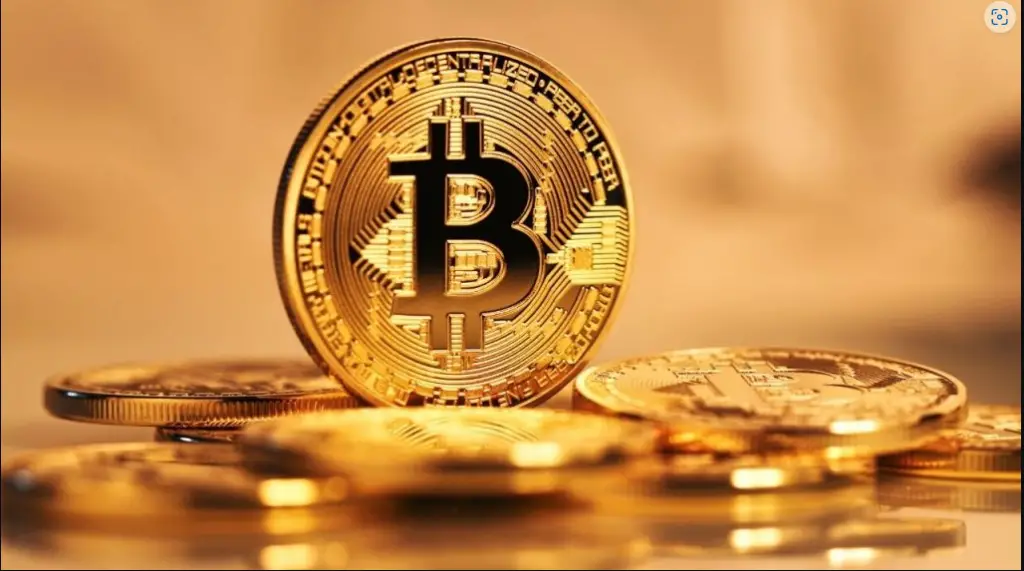Best Way to Explain What Are BRC-20 Tokens? Explaining the Bitcoin Meme coins Hype
Meme coins on Bitcoin are most likely not what Satoshi Nakamoto had in mind when he launched the Bitcoin whitepaper in 2008, but they may be the mainstream acceptance Bitcoin deserves.
Ordinals function in the same way. They make use of the fact that each individual satoshi may be individually identifiable by its serial code.

With the recent meme coin mania, which resulted in a flood of meme coin attention on Crypto Twitter, something inspired someone to build a new “token standard” on Bitcoin — and BRC-20 tokens were created.
BRC-20 tokens expand on the idea of identifying single satoshis, as seen in Bitcoin Ordinals. While Ordinals tag individual satoshis to act as NFTs, BRC-20 tokens include “minting” satoshis to store information about a group of tokens.
For instance, if you wanted to construct a collection of 100 hypothetical $RANDO BRC-20 tokens, you could do so by inscribing one sat with the required JSON data. To define the token name, symbol, supply, and other features, JSON data can be used. JSON data can also be used by users.
to create new tokens or transfer current tokens to different addresses.
To return to the dollar/sats metaphor, you mark one dollar bill with information about 20 $RANDO stickers that are not dollar bills. To transfer stickers, you always need a dollar note. However, the bill does not support the stickers, and they are powerless to act.
This is because it is intricate and difficult to understand. As many on Crypto Twitter have pointed out, Bitcoin was not designed for this type of workaround.
What Was the Origin of BRC-20 Tokens?
The most plausible answer is that “opportunity makes the thief.” These workarounds can now be done on Bitcoin thanks to the taproot upgrade. And then memecoin season started, so… one thing led to another.
In other words, the taproot upgrade enabled the addition of data to the Bitcoin blockspace that enables “minting tokens,” even though those tokens do not have the same attributes as ERC-20 tokens on Ethereum.The Bitcoin community was taken aback by this desire for blockspace, and the impact on Bitcoin transaction costs has been severe.
BRC-20’s Influence on Bitcoin Transaction Fees
BRC-20 coins started upsetting the transaction count boat just as Ordinals were returning to being a niche phenomena. And rock they did: BRC-20 transactions now account for the vast bulk of Bitcoin transactions.
Transaction fees have risen to previously inconceivable heights:
Surprisingly, transaction fees accounted for a greater proportion of miner revenue than the block subsidy in some blocks. However, not everyone was amused by the unexpected surge in Bitcoin activity.
Bitcoin’s Future Prospects
As with Ordinals, the question is whether this is a long-term new asset class or a fad that will fade when the meme coins train comes to a halt. Regardless, the BRC-20 hype highlighted flaws that the community will need to solve, such as a lack of layer-2 infrastructure and differing perspectives on how much and what kind of adoption is desirable.
Who said Bitcoin is monotonous?